Dr. Carl Marchetti
 For Carl M. Marchetti, M.D., servant leadership has been an important part of his life for years. His service and involvement spans all aspects of Scouting, from Cubs through Boy Scouts as well as Exploring and Venturing and the Order of the Arrow.
For Carl M. Marchetti, M.D., servant leadership has been an important part of his life for years. His service and involvement spans all aspects of Scouting, from Cubs through Boy Scouts as well as Exploring and Venturing and the Order of the Arrow.
He has served as council commissioner and council president, lodge chief, section chief, lodge adviser, area adviser, Northeast Region Order of the Arrow committee and is an Eagle Scout and Explorer Silver Award recipient. Throughout his distinguished career, he has received many honors including the Distinguished Eagle Scout, the OA Distinguished Service Award, the Silver Beaver Award, Silver Buffalo Award, Silver Antelope Award, and in 2004, in recognition of his many years of outstanding service to the Order, Dr. Marchetti was the recipient of the second Legacy of Servant Leadership Lifetime Achievement Award.
Dr. Marchetti was elected to become a member of the Order of the Arrow in 1949. In 1962 he became the youngest member of the National Order of the Arrow Committee. Dr. Marchetti was Chairman of the National OA Committee from 1984 to 1993. Of his years on the committee he said,
In the beginning, I was a fish out of water. I was literally surrounded by a group of old men, all of whom were famous, all of whom were bowed to, practically.
But he was welcomed to the committee.
Dr. Marchetti's service as our national chairman for almost a decade shows his dedication to the Order and service to others. “We basically made a decision that never again would finances be a concern to the Order of the Arrow,” he said. Working with the National Council of the Boy Scouts of America, he made the OA a self-funded organization, negotiated for the NOAC trading post revenues to come to the OA and set up the OA endowment fund. His decision allowed for the creation of the lodge service grants and programs such as the OA Trail Crew and the OA Wilderness Voyage.
As chairman of the National OA Committee, Dr. Marchetti worked to make a one-year term of office for the national officers.
That made us build the entire program of Treks, Indian Seminars, Jamborees, and strategic planning sessions so that the youth who were elected in an off-conference year would have something to do, he said.
Those decisions led to more youth participating on a national level.
At the 2011 National Planning meeting, Carl Marchetti was recognised for serving fifty years on the National OA Committee. It was announced that Dr. Marchetti was the first person in Scouting to serve on a any national committee for fifty years. Dr. Marchetti was presented a special sash to commemorate the event.
 Many special activities occurred during the year to recognize the special milestone. For Cub Scouting it would mean the start of a new Cub Scout Sports program. For Boy Scouts the key event would be the
Many special activities occurred during the year to recognize the special milestone. For Cub Scouting it would mean the start of a new Cub Scout Sports program. For Boy Scouts the key event would be the  The first two training sessions held -- “Training Techniques for Order of the Arrow Advisers” – were a prelude to what evolved over a period of years into the National Lodge Adviser’s Training Seminar (NLATS). A total of 85 Arrowmen registered.
The first two training sessions held -- “Training Techniques for Order of the Arrow Advisers” – were a prelude to what evolved over a period of years into the National Lodge Adviser’s Training Seminar (NLATS). A total of 85 Arrowmen registered. A special feature Monday evening was a North Coast Potlatch provided by members of the T'Kope-Kwis Kwis Lodge from the Chief Seattle Council in Seattle, WA. Lodge members were gracious enough to bring 110 lbs. of fresh salmon, which was cooked according to the North Coast style.
A special feature Monday evening was a North Coast Potlatch provided by members of the T'Kope-Kwis Kwis Lodge from the Chief Seattle Council in Seattle, WA. Lodge members were gracious enough to bring 110 lbs. of fresh salmon, which was cooked according to the North Coast style. . A young security guard whose intention was to be the ‘big hero’ by discovering and extinguishing the fire deliberately set the blaze. Unfortunately, the fire quickly got out of his control and into an area that housed many of the Order’s records and memorabilia, including the national chief’s bonnet. The
. A young security guard whose intention was to be the ‘big hero’ by discovering and extinguishing the fire deliberately set the blaze. Unfortunately, the fire quickly got out of his control and into an area that housed many of the Order’s records and memorabilia, including the national chief’s bonnet. The  .
.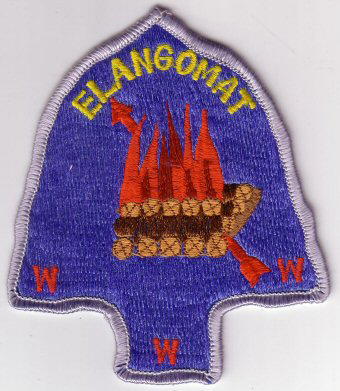 Following the presentation of the optional
Following the presentation of the optional 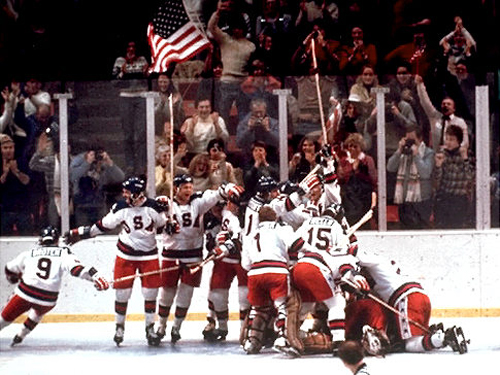
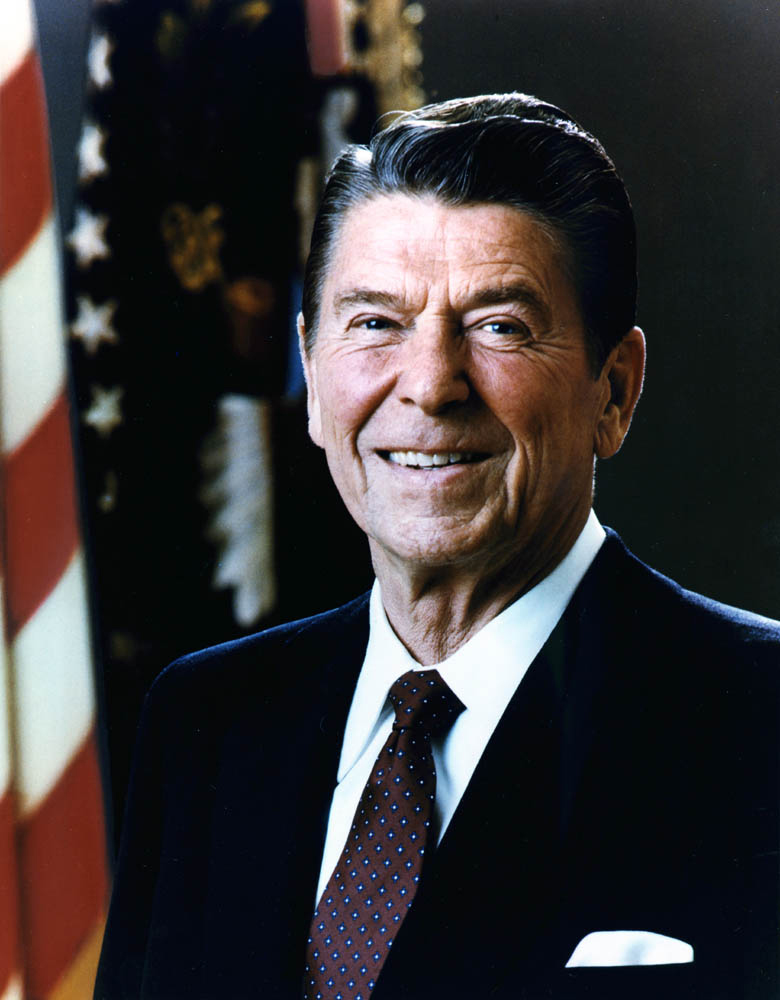
 M
M any of our OA lodges also took advantage of t
any of our OA lodges also took advantage of t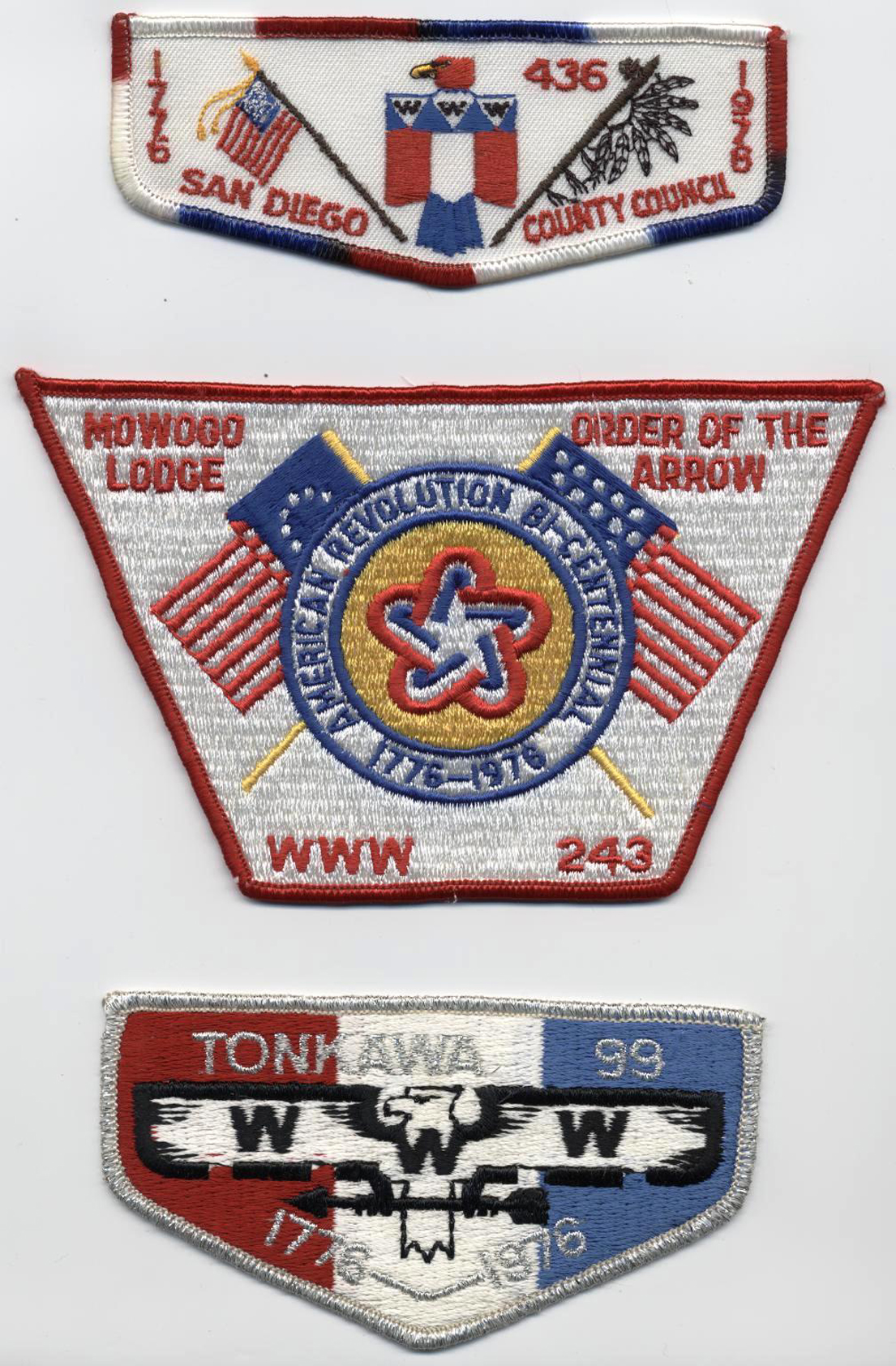 his nationally unifying event to create programs and patches with Bicentennial themes. The
his nationally unifying event to create programs and patches with Bicentennial themes. The 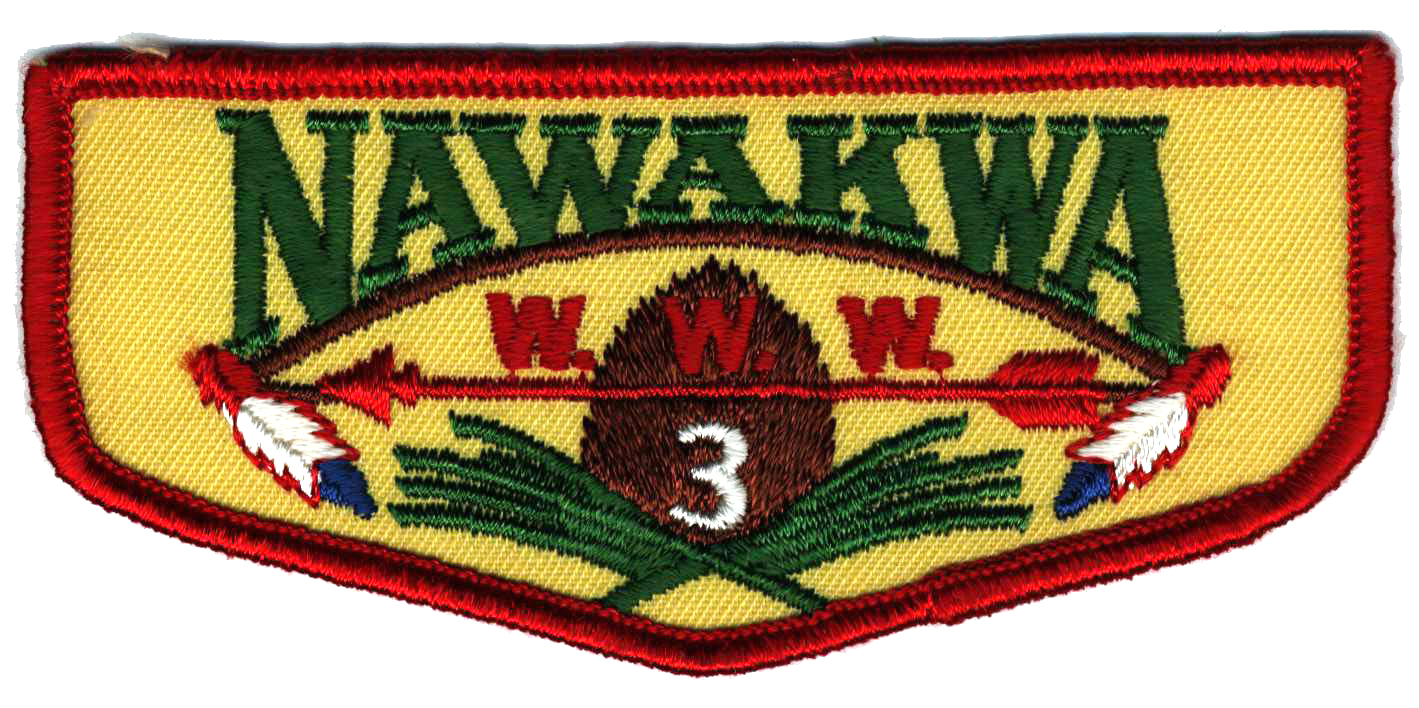 Until the Bicentennial, OA lodge patches were generally intended for recognition of membership or celebration of a lodge event. Bice“fever” changed that. For the first time, lodges produced patches to commemorate something other t
Until the Bicentennial, OA lodge patches were generally intended for recognition of membership or celebration of a lodge event. Bice“fever” changed that. For the first time, lodges produced patches to commemorate something other t han an OA-related event, using the Bicentennial theme to create collectible memorabilia that helped promote event attenda
han an OA-related event, using the Bicentennial theme to create collectible memorabilia that helped promote event attenda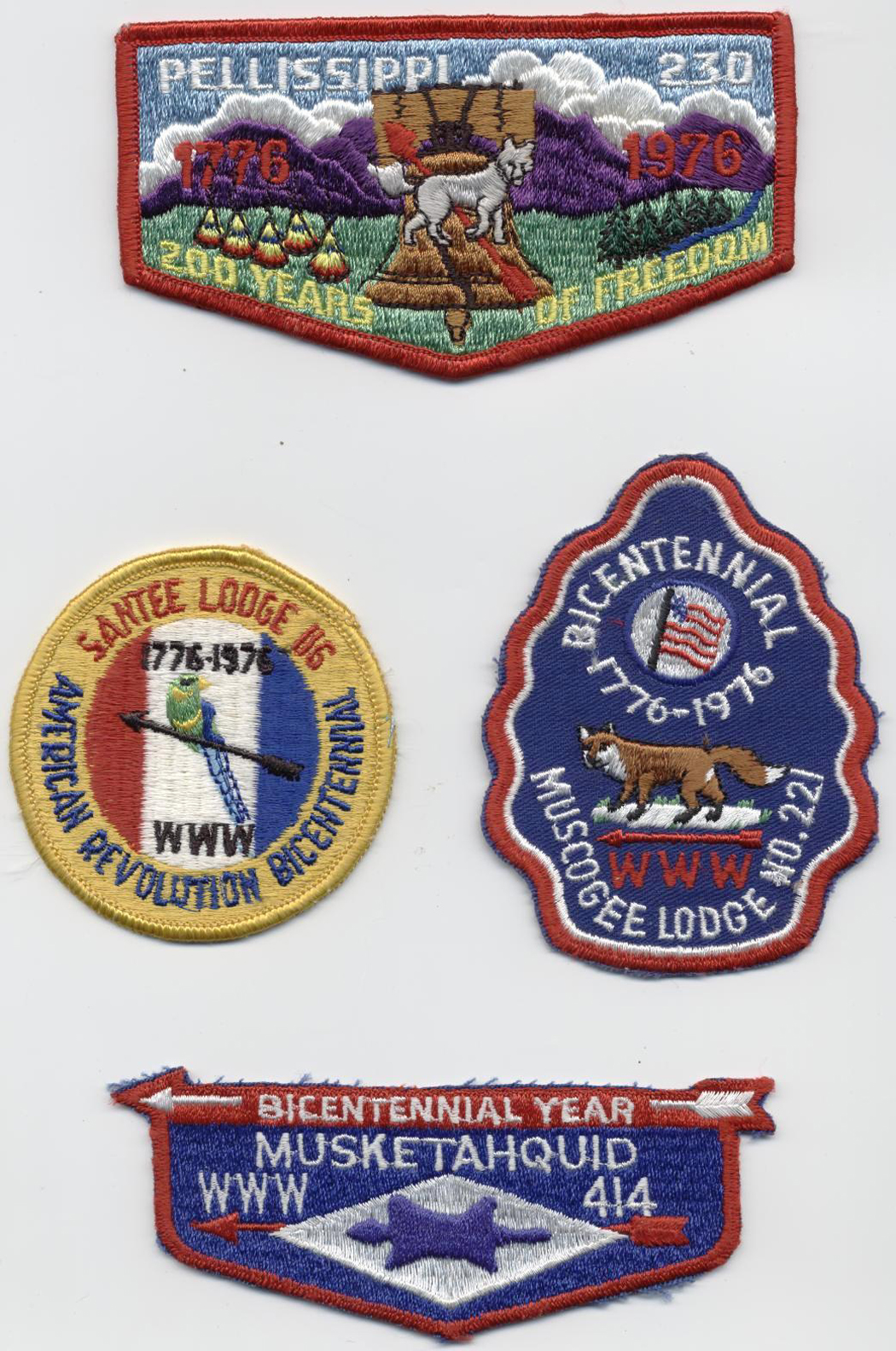 nce, as well as raise funds for their lodge.
nce, as well as raise funds for their lodge. .
.

 From the fall of 19
From the fall of 19 75 to December of 1976, other members of the
75 to December of 1976, other members of the